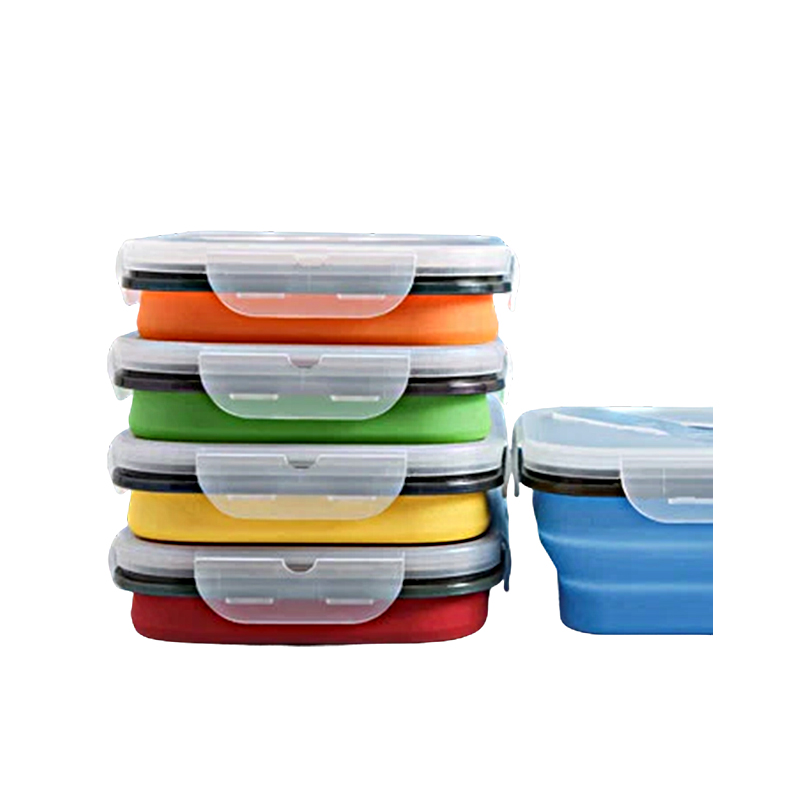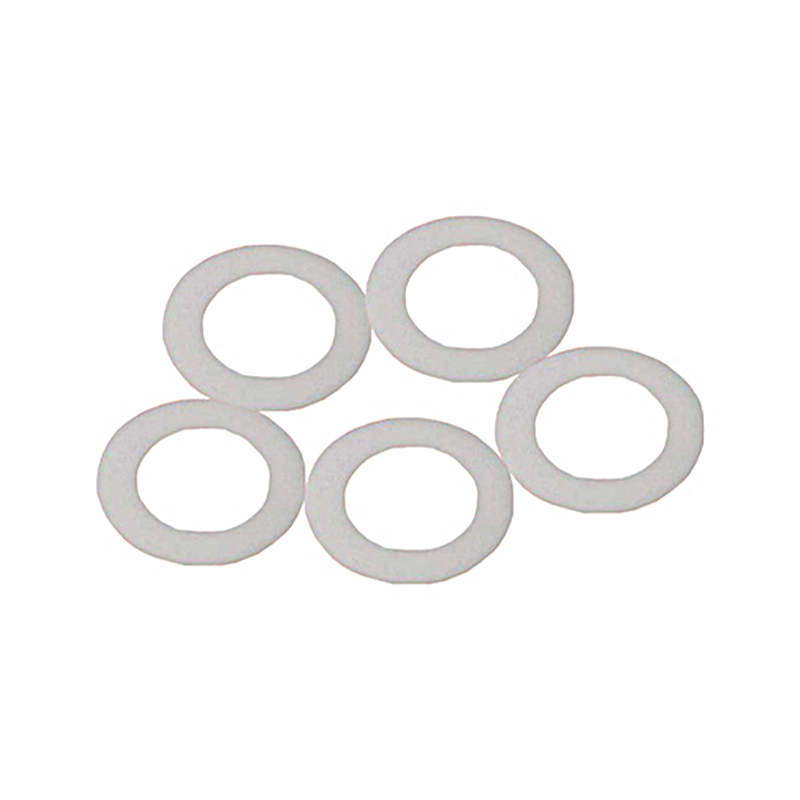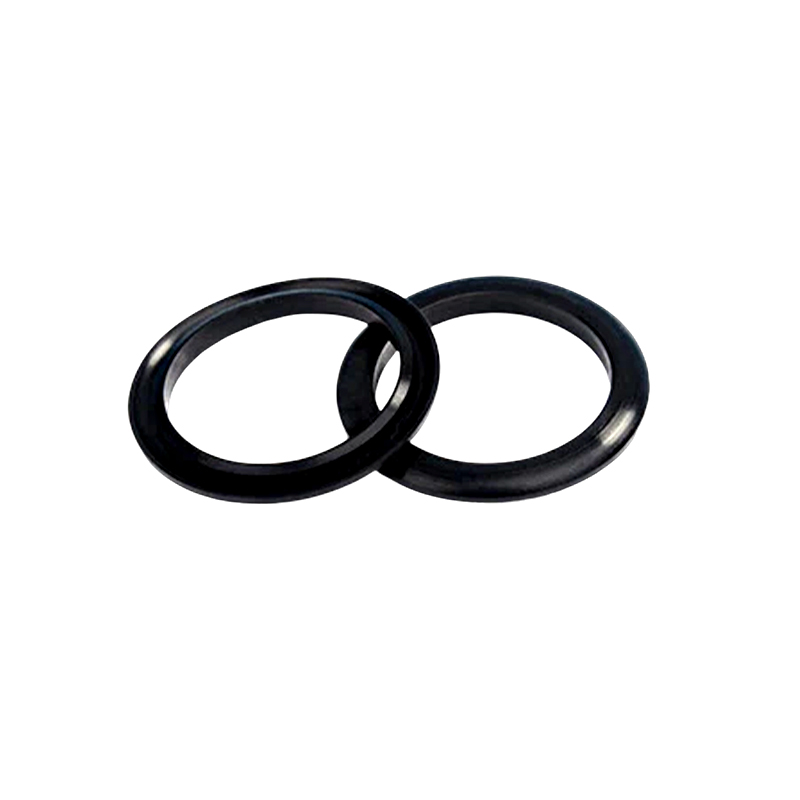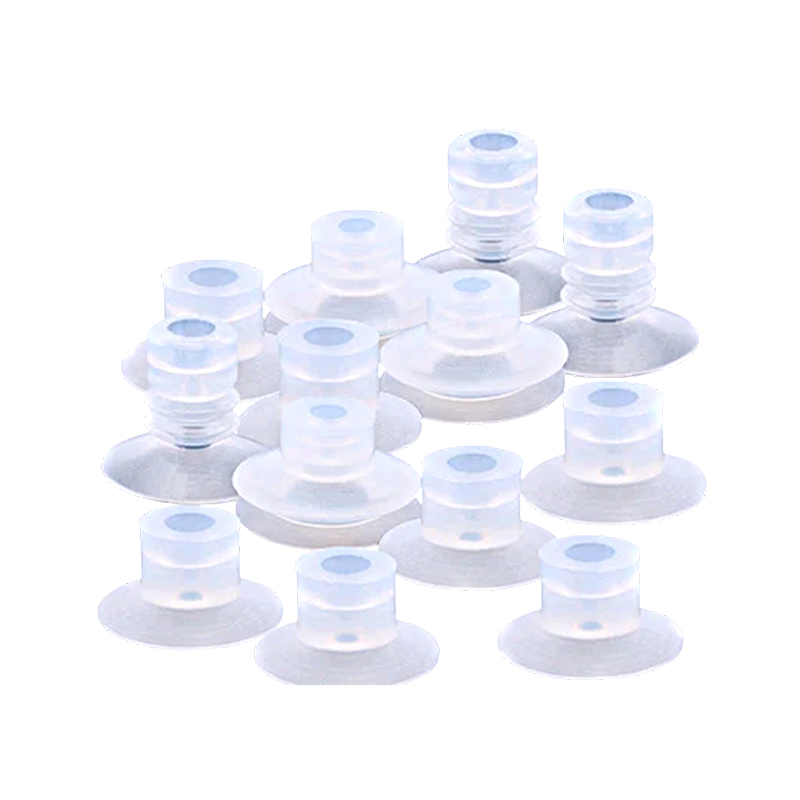The core of the vulcanization process is to transform the linear molecular chains of liquid silicone into a three-dimensional network structure through chemical cross-linking.
- +86-13600262856
- lixiaoxia@dgminz.com.cn
- No. 4, New Industrial Road, Shipai Tangwei, Shipai Town, Dongguan City, Guangdong Province








